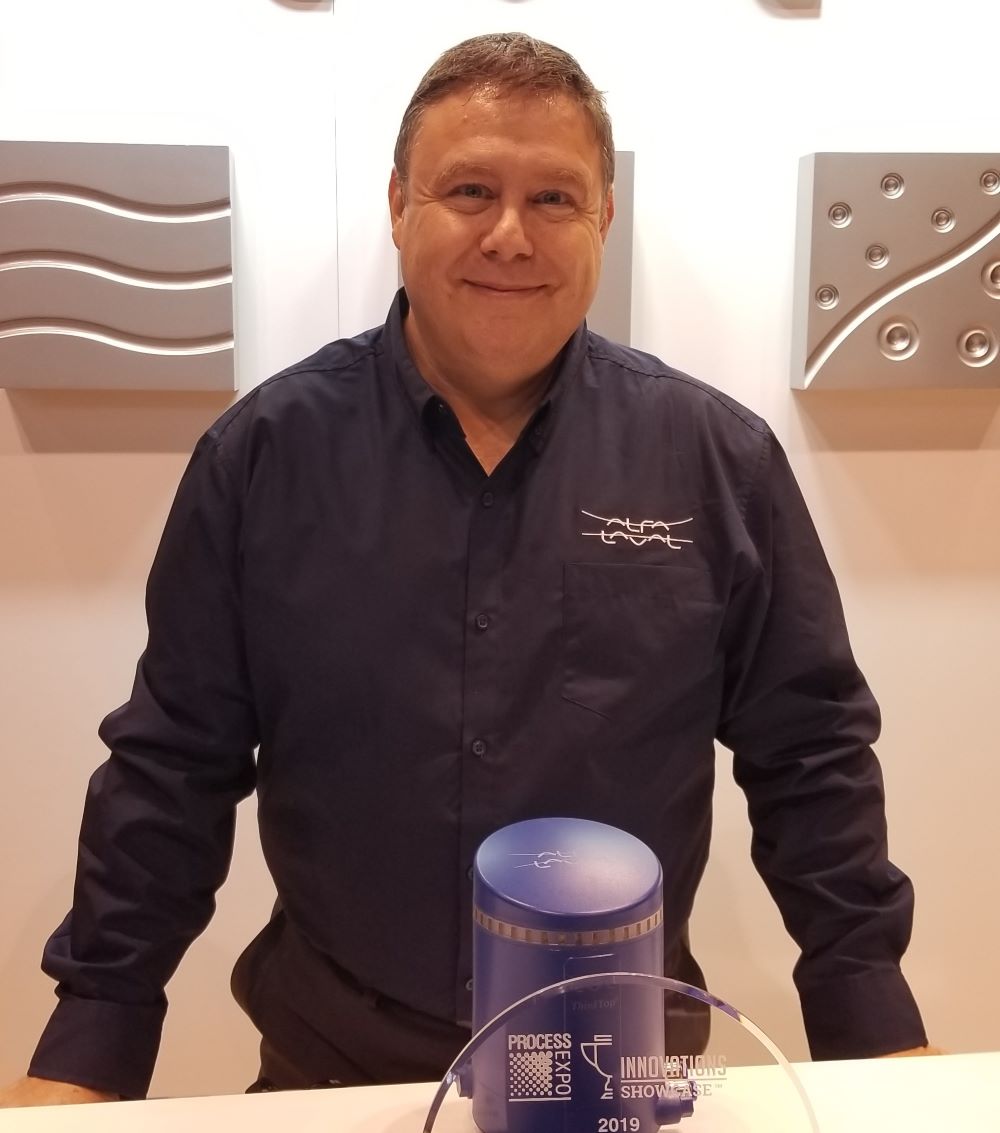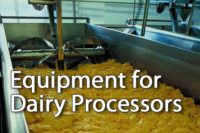
Every process industry goes through the same issue, “What do I do with the product that remains in the piping system after the process is complete?” Ever since the industry started using continuous processing systems, that question has been a concern. This led to other questions like, “Do we let the product in the line go to waste?”, “How do we account for the cost of the product that is wasted?” and the most important part, “How do I recover it for sale?” Dairy products are expensive to produce or to send to waste, so it’s important to understand and maximize the yield of the process line. This is where product recovery systems come into the picture.
Historically, many processors would use various techniques to assure that they were maximizing their yield while keeping the process line running as efficiently as possible, such as using sight glasses to find when the water or product changes right before the receiving tank or filler. This allowed the processor to utilize their production line to the fullest, however, this didn’t provide the ideal solution. What if the next product in the production run was not to be mixed with the current product? The other route to recover product is to push air within the pipeline as this solves the mixing of products, doesn’t have extra waste going to the drain, or cause dilution like using water to push out the product in the pipeline. Yet, this process still features a longer cleaning cycle before the next product can be processed.
But there is a viable solution for these challenges, and it comes from the chemical and petrochemical industries.
The chemical and petrochemical industries have had the problem of recovering products, cleaning pipelines and maintaining the pipeline systems, so developing a way to solve these problems could provide better yield, more production time, and less environmental issues. The solution is to use a “pigging” system, which is a product recovery system that uses a projectile — referred to as a “pig” — that is launched into the pipeline to push product out to the receiving tank or packaging equipment. The pipeline recovery system can be designed and implemented in many ways, however, to maintain a hygienic process line, certain manufacturers have considered the cleaning and product contact requirements of a sanitary processing system.
Hygienic product recovery systems can come in many different forms but all have the same basic aspects to the system, an ability to launch the projectile or pig, and a way to recover the pig before it reaches the piece of process equipment or tank that the liquid is being pushed. The launching and recovery system could be as simple as a “Y” or “T” within the pipeline to manually place a pig into the pipeline to aid in recovery at the end of the pipeline. There are also very sophisticated systems that allow for the automated launching and recovery of the projectile which also can be integrated into the production management system (PLC) indicating that the process is complete. The capability to provide feedback to the production management system is in line with the further automation of sanitary process lines and with the tendency for process lines to be built much larger than previous times to foster increased automation and higher product recovery rates.
The projectile within the pipeline recovery system has evolved over the years, too. Now, along with highly automated systems, many companies are producing projectiles that can move around standard elbows in a pipeline providing more capability for the system. Made from food-grade FDA-approved elastomers, these projectiles take any concern away about product contact with the projectile. There are various physical designs that each manufacturer of pipeline recovery systems has made for the projectile, with some manufacturers producing various styles of projectiles to accommodate different product or system requirements.
So why use a pipeline recovery system? As stated in the beginning, the recovery of product left over in the pipeline after processing is one of the great advantages of using this system. The other main advantage is the reduction of cleaning time after pigging the system. The residual product is minimized within the system when the projectile passes through the pipeline, which provides the opportunity to use less time, water, and chemicals to restart the process line back up to production. This affords the processor with more productive time for making their product while maximizing the yield of each batch with the added value of having less waste to be treated, thus creating more overall value within the production facility.
Once the decision is made to use a pigging system, the final step is choosing the manufacturer of the pipeline recovery system that best fits the process line needs. 3-A SSI offers a very useful reference for this equipment used in pipelines that transfer to dairy or food products, 3-A Sanitary Standard for Pipeline Product Recovery Equipment Using Projectiles, Number 101-00 (see www.3-a.org). This encompasses the criteria for design, materials of construction, fabrication techniques and installation for the launching mechanism, receiving mechanism, and projectile. Manufacturers that conform to this standard and display the 3-A Symbol affirm that the equipment they are providing is designed to the highest hygienic standards, assuring that your product will always meet the highest quality requirements.



